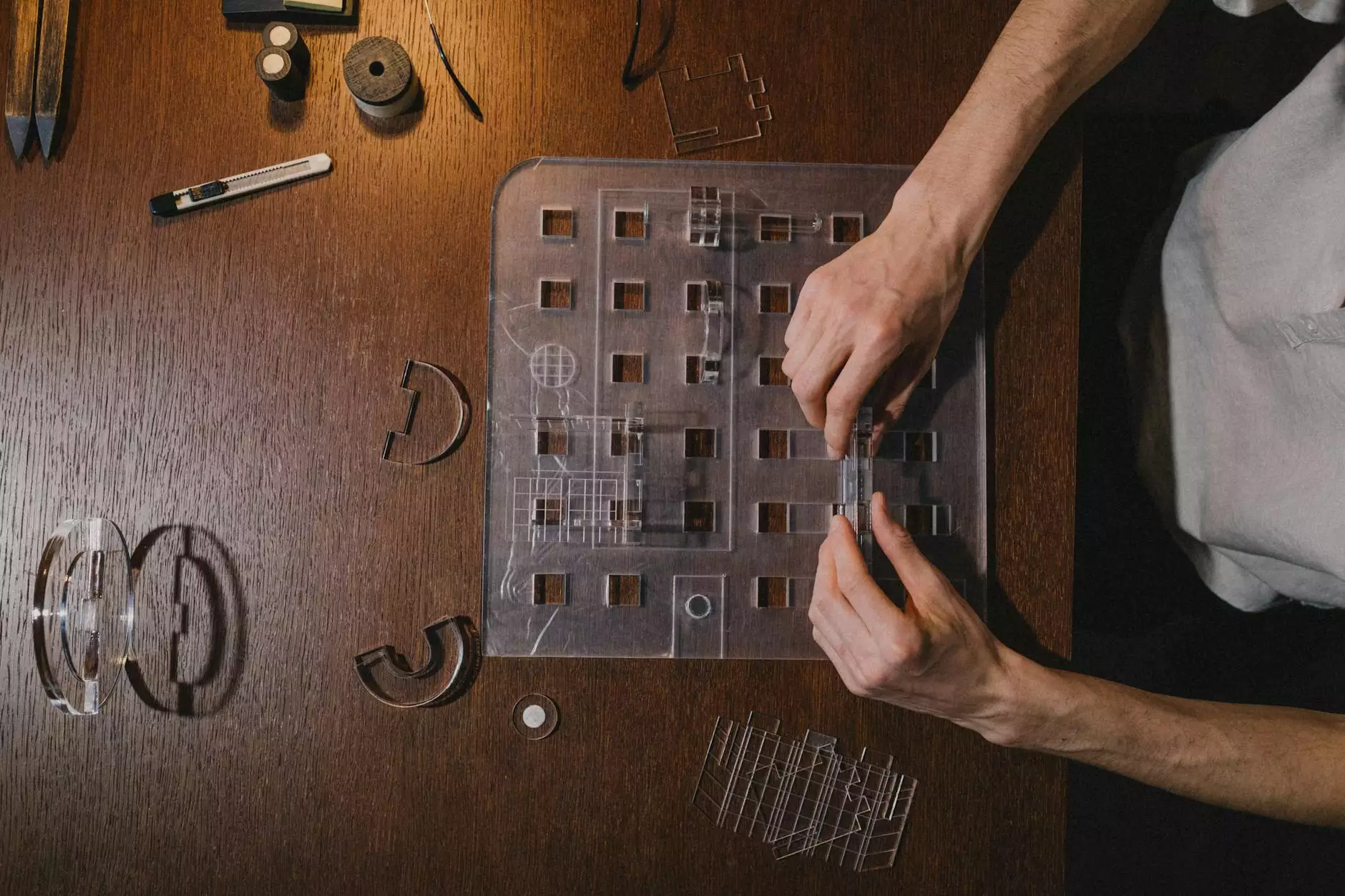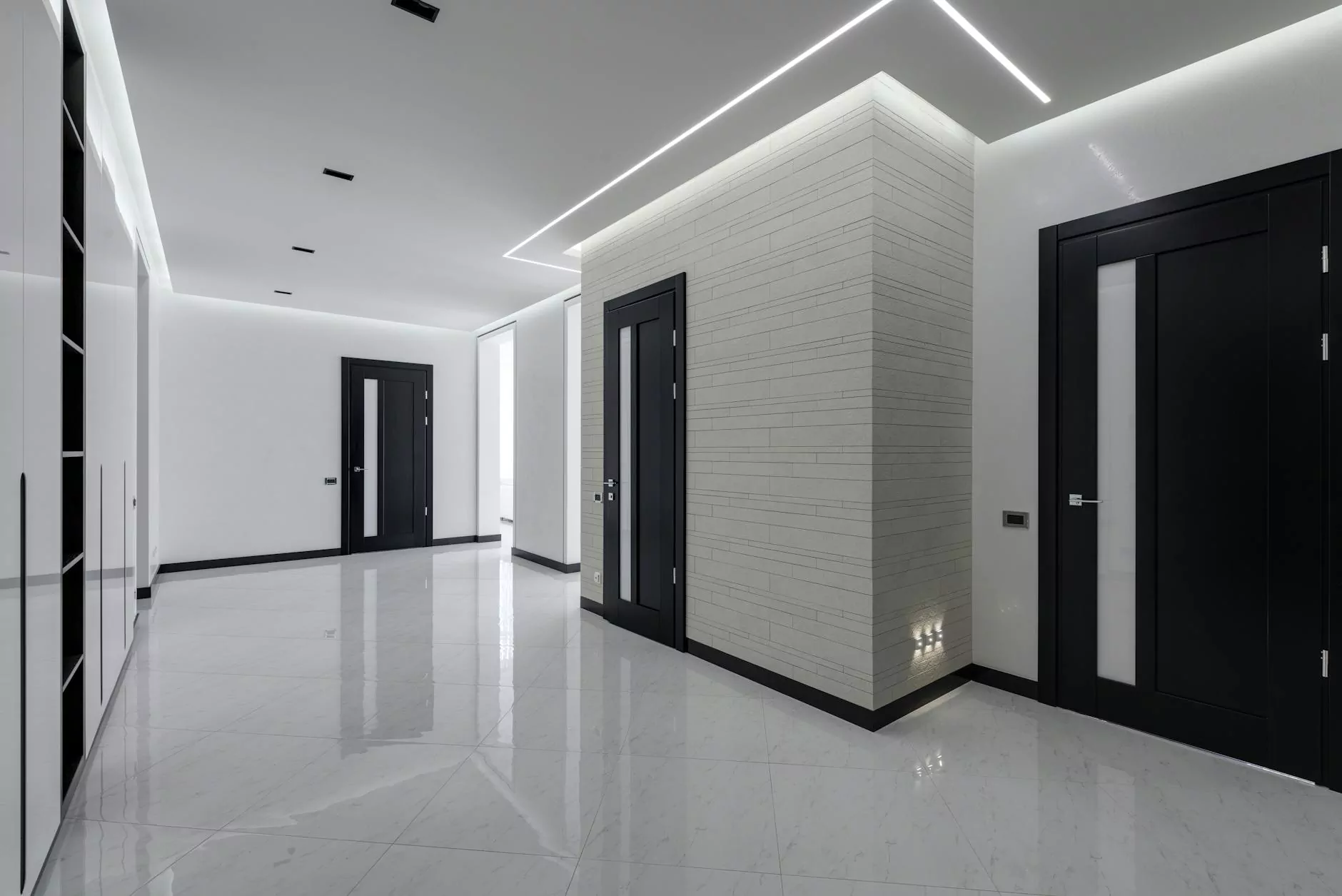The Art of Model Making in Architecture

Model making in architecture is a vital aspect of the design process that allows architects to bring their visions to life in a tangible form. These intricate and detailed miniature structures are essential tools for visualizing and communicating complex ideas in a way that sketches and drawings cannot fully capture.
Benefits of Model Making for Architects
Architects utilize model making for a variety of purposes, including:
- Visualization: Models provide a three-dimensional representation of a design concept, allowing architects to explore the spatial relationships within a building.
- Communication: Models help in effectively conveying ideas to clients, stakeholders, and team members, enhancing the overall understanding of the project.
- Feedback: Physical models allow for hands-on interaction, enabling stakeholders to provide feedback that can lead to improved design solutions.
The Process of Model Making
Model making involves several steps that require precision, creativity, and attention to detail. The process typically includes:
- Conceptualization: Architects begin by translating their design concepts into a smaller scale model, often using various materials such as foam board, wood, or 3D printing.
- Construction: The actual construction of the model involves cutting, shaping, and assembling the materials to accurately represent the architectural design.
- Finishing: Details such as textures, colors, and landscaping are added to the model to enhance realism and visual appeal.
Types of Architectural Models
There are several types of architectural models that serve different purposes in the design process:
- Site Models: Represent the physical context of the project, including surrounding buildings, landscapes, and topography.
- Massing Models: Focus on the overall form and volume of the building, showcasing its relationship to the site and neighboring structures.
- Detail Models: Highlight specific elements of the design, such as facade details, interior spaces, or structural components.
Importance of Model Making in Architectural Education
Model making plays a crucial role in architectural education by providing students with hands-on experience in translating design ideas into physical form. Through the process of creating architectural models, students develop valuable skills in spatial thinking, material manipulation, and presentation techniques.
The Future of Model Making in Architecture
With advancements in technology such as virtual reality and digital modeling tools, some may question the relevance of traditional model making in architecture. However, physical models continue to hold significance in the design process due to their tangible nature and ability to engage multiple senses.
As architects strive for sustainable and environmentally conscious design solutions, model making remains a sustainable practice that promotes material exploration and craftsmanship.
In conclusion, model making in architecture is a time-honored tradition that serves as a bridge between abstract ideas and built reality. From conceptualization to construction, architectural models are indispensable tools that enrich the design process and enhance communication among all stakeholders involved.









